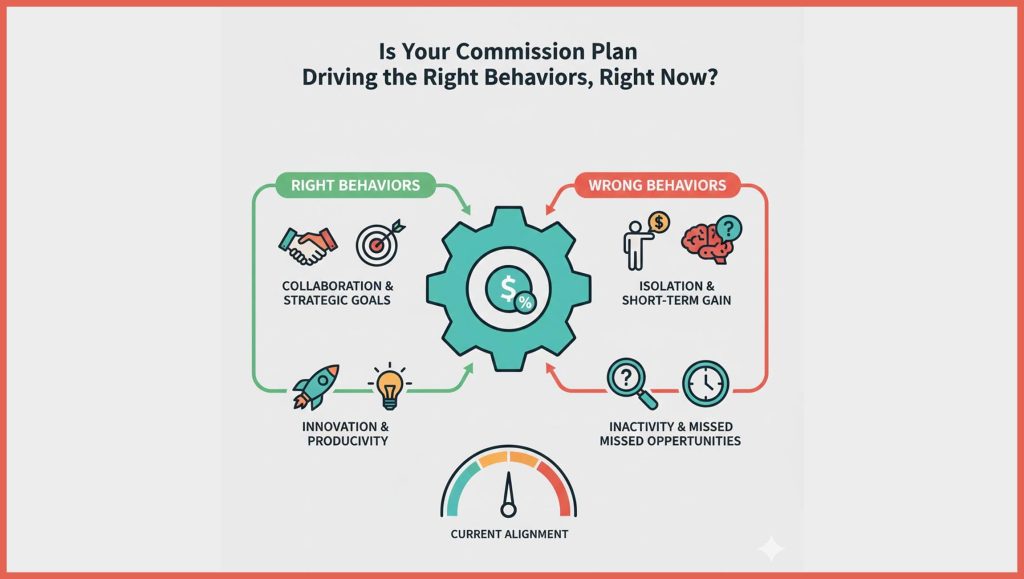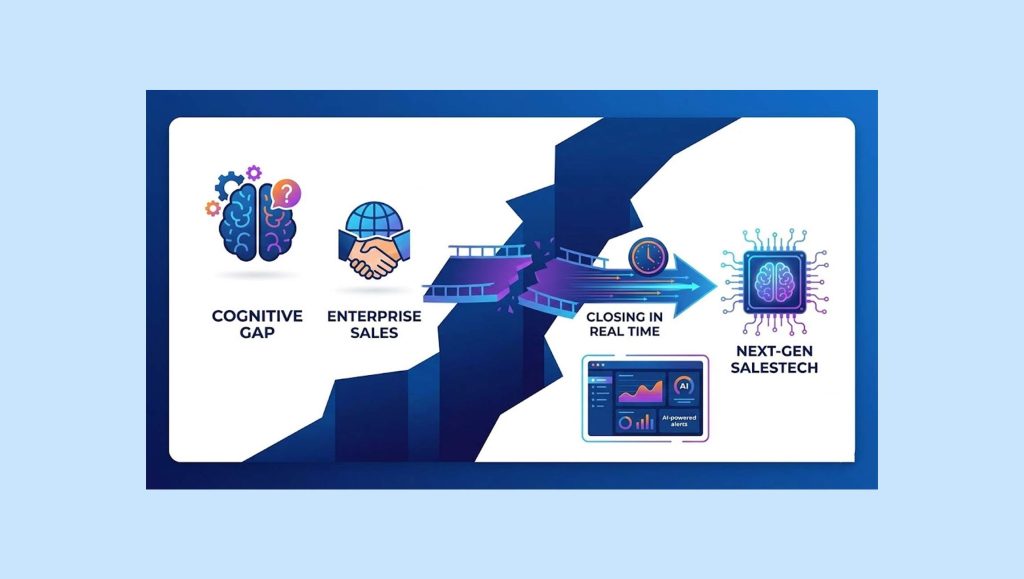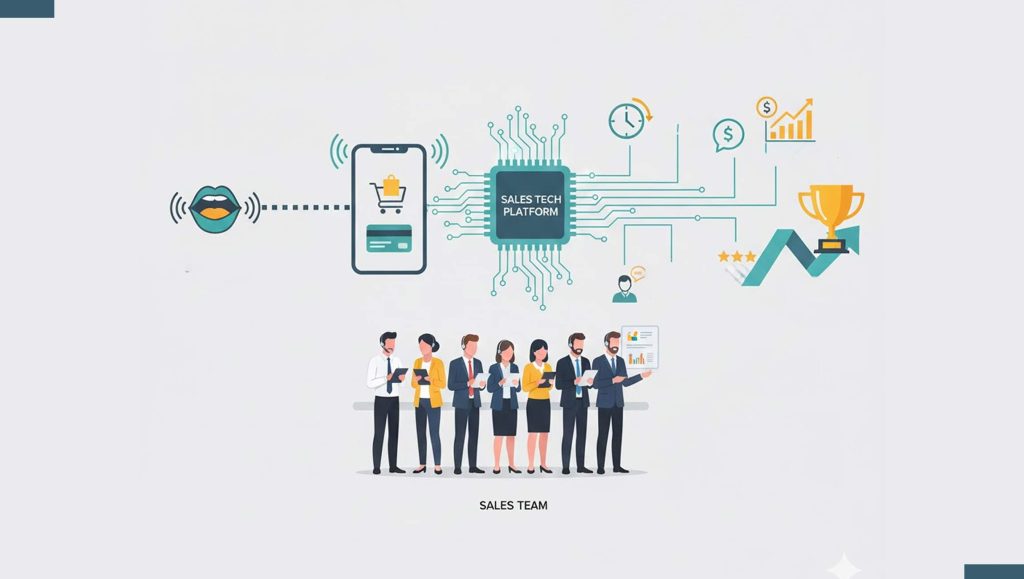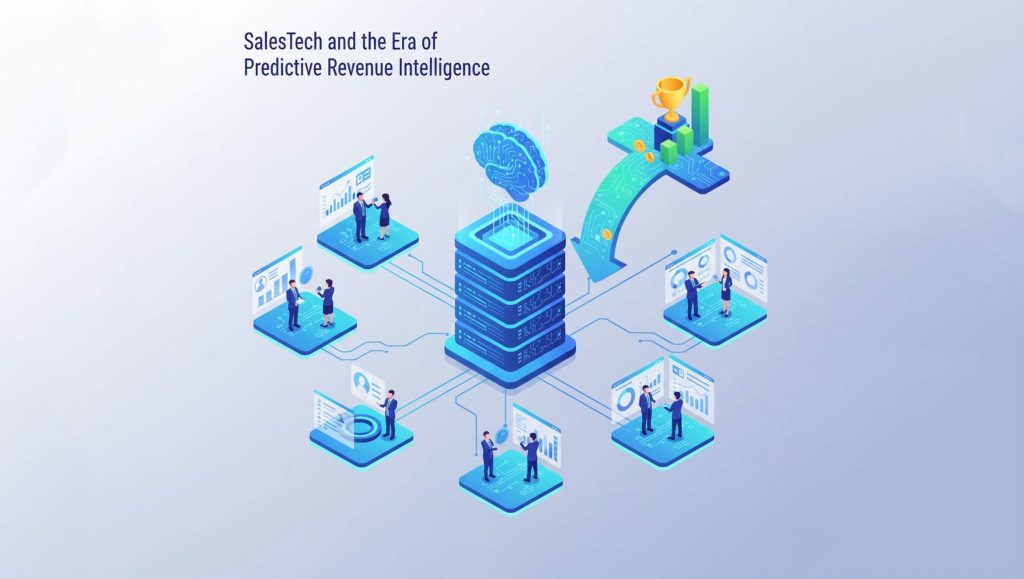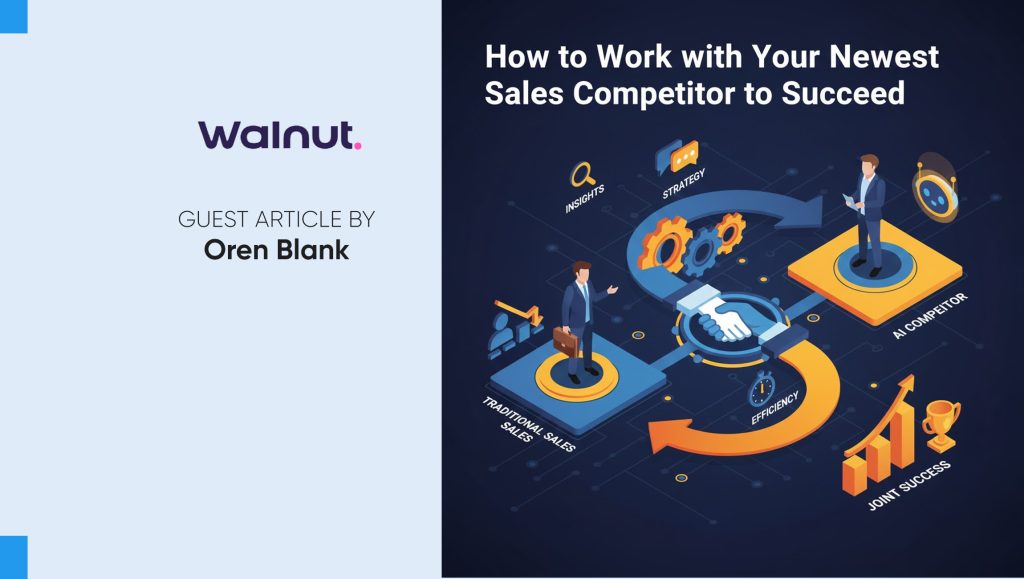6sense, the leading Account Engagement Platform, announced the release of its 2020 State of Predictable Revenue Growth Report with Heinz Marketing. Based on survey data from senior and C-suite sales and marketing leaders, the report sheds light on the challenges facing organizations of all sizes and across industries when it comes to creating a predictable revenue growth engine.
Read More: HubSpot Adds Multiple Functionalities To Its Sales Hub
The State of Predictable Revenue Growth Report from @6sense and @HeinzMarketing Offers Practical Insights for Sales and Marketing Leaders to Meet #Revenue Goals.
“Every company strives to not only grow revenue but to grow it predictably. Yet creating a predictable revenue growth engine is no small task, nor is it one that can be done overnight. The ways and means to achieve it remain a difficult task,” said Latane Conant, CMO at 6sense. “If your company failed to meet revenue goals, you’re not alone; our research found that 80% of companies failed to exceed revenue goals in 2019 and 38% of companies didn’t meet at least 90% of their goals.”
Fortunately, AI, Big Data, and machine learning are accessible to B2B revenue teams. Bolstered by an unfathomable level of insights, sales and marketing teams can start meeting and beating their numbers predictably.
Read More: Are You Using Enough AI To Boost Your Sales?
Key findings on the four challenges of predictable revenue growth include:
- The (Mis)alignment of Sales and Marketing. Sales and marketing teams are often using different platforms, datasets, and metrics. Even the ideal prospect is under debate: 50% of those surveyed only “somewhat agree” or “don’t agree at all” on their target account list. To succeed, companies must align the ideal customer profile, target account list, and lead qualification criteria.
- Insufficient Demand Generation. While account-based marketing (ABM) has become a buzzword for the industry, companies deploying the process still lack full-funnel visibility, and a gap exists between known best-practices and the lack of action. For example, 1 in 3 organizations believe content is the most valuable way to generate demand, yet only 48% of all respondents can deliver personalized content experiences and even fewer (45%) have a content hub on their website.
- Ineffective Prioritization of Resources. Both marketing and sales professionals are wasting time on accounts and leads that aren’t in-market. Nearly 60% of account-driven organizations are still most focused on generating leads (MQLs or SQLs) despite the paramount role an ABM strategy plays in their marketing mix.
- Inability to Engage the Right Buyers At Scale. All prospects want an engaging customer experience, but 9 in 10 account-driven organizations say orchestrating their ABM program across multiple channels and tools is challenging. Further, over 1 in 3 account-driven organizations don’t know which messages will best engage target accounts, what channels to reach them through, or which accounts to prioritize in the first place.
“Today we have proof that the traditional way of generating revenue is ending. Companies have to let go of past processes, like cold calls and spam, and instead engage in-market target accounts,” said Matt Heinz, President at Heinz Marketing. “Despite the long list of challenges and frustrations facing revenue teams today, the obstacles are not insurmountable with the right mindset and technology shift. Winning revenue teams are realigning sales and marketing, reimagining demand gen, resetting processes, and rethinking engagement.”
Read More: InLine Text From AutoRevo Empowers Dealers With Data-Driven Messaging








